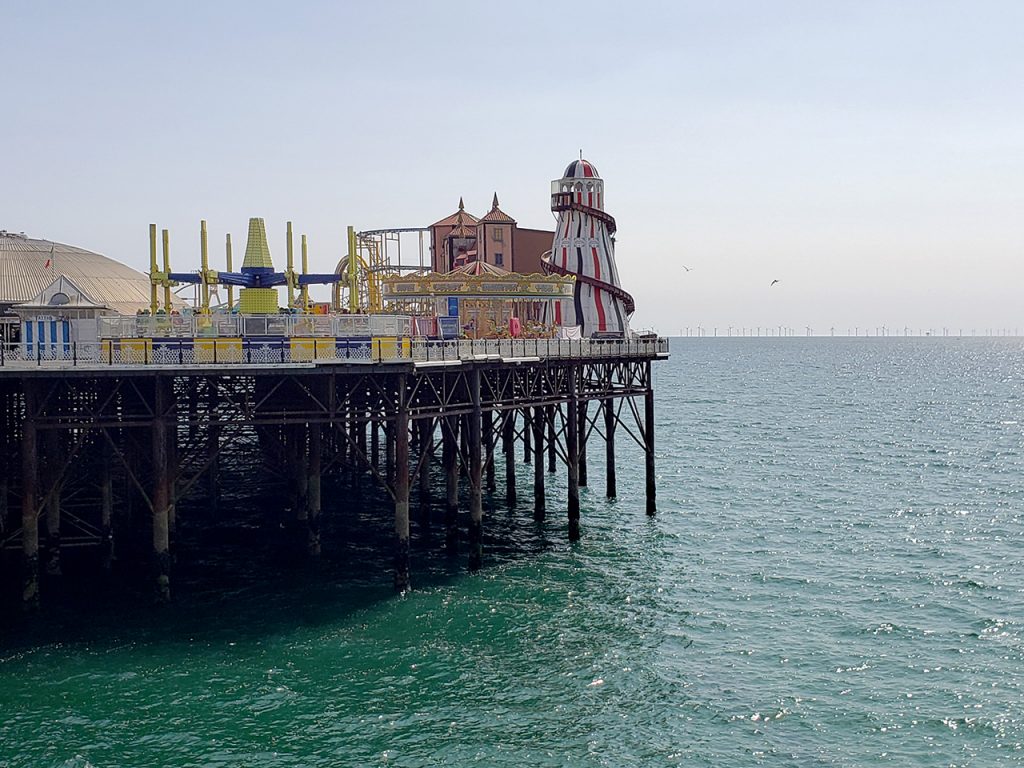
There aren’t many direct flights from Toronto to Greece in May, so we found an affordable flight to the UK for a one-night layover. Knowing we wouldn’t see enough in London in a few hours to justify the astonishing hotel rates, we instead took a train 30 minutes south from Gatwick to Brighton, a town on the English Channel.
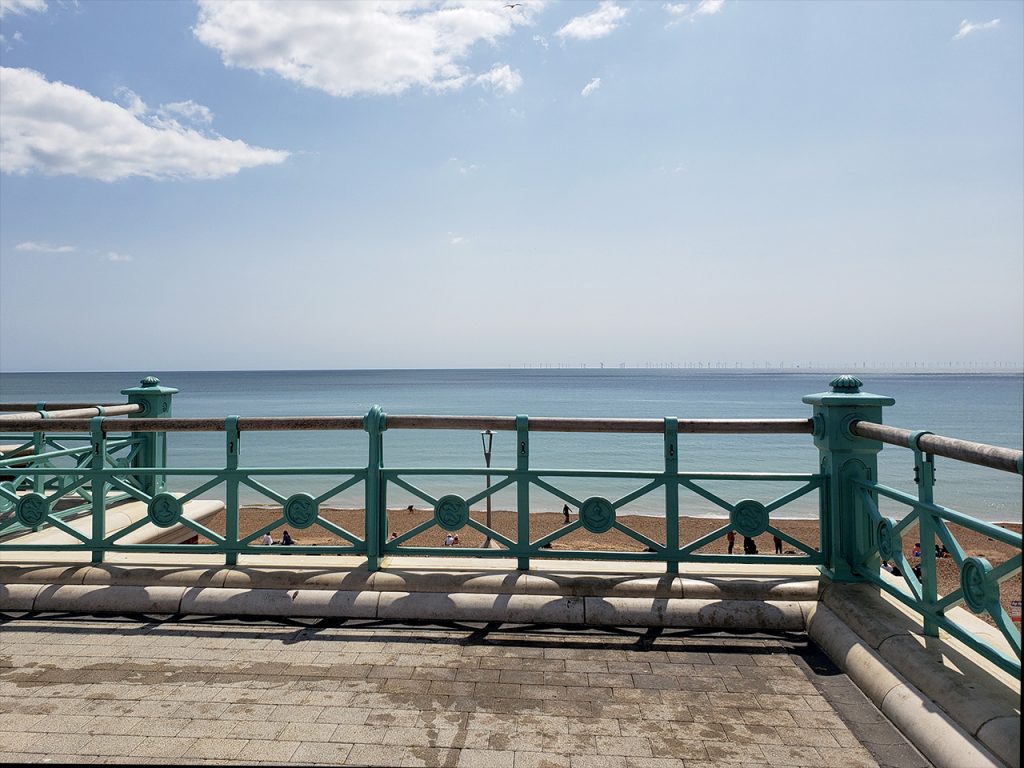
Our impression of Brighton was positive — a fun place, comfortably worn with some stately Victorian architecture mixed in with scruffier modern buildings. There’s a university, a party scene in the summer, a loud artistic and LBGTQ presence, and lots of small shops, cafes and bars within an easily walkable distance. People are very friendly with a no-nonsense Sussex accent.
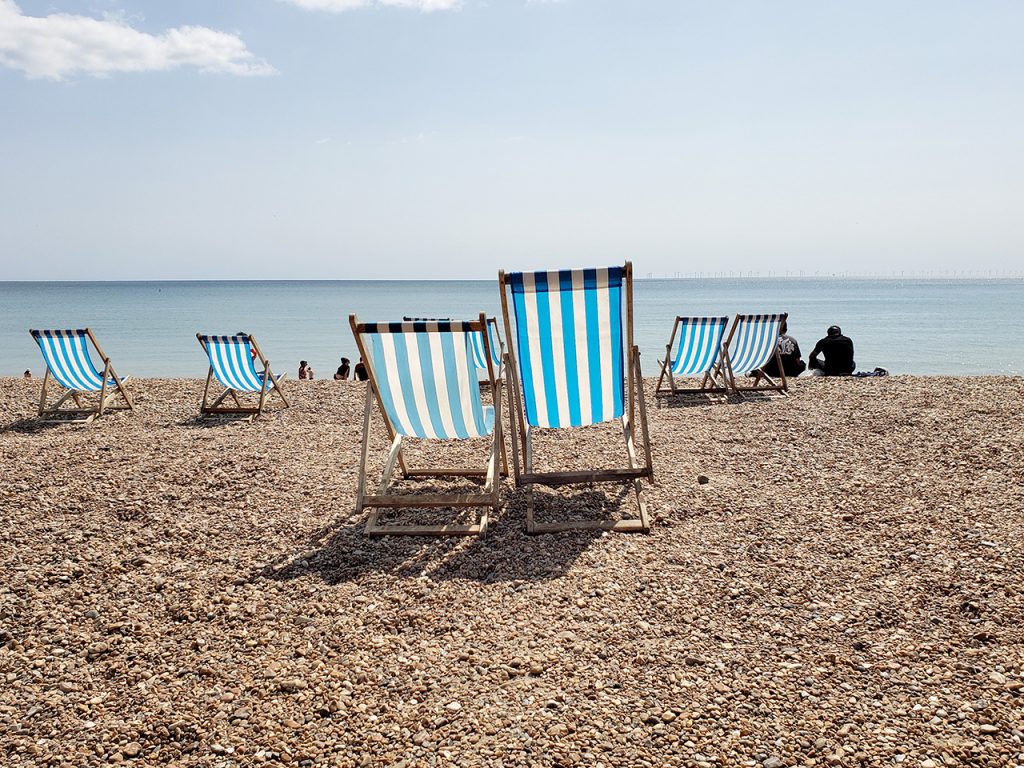
We’d booked a comfortable room at the Ibis Hotel a few steps from the train station, and were able to head out into the rare English sunlight almost immediately to shake off some jet lag. The beach itself is definitely not the fine sand of the Caribbean, but instead is made up of rather large but smoothly-worn pebbles.
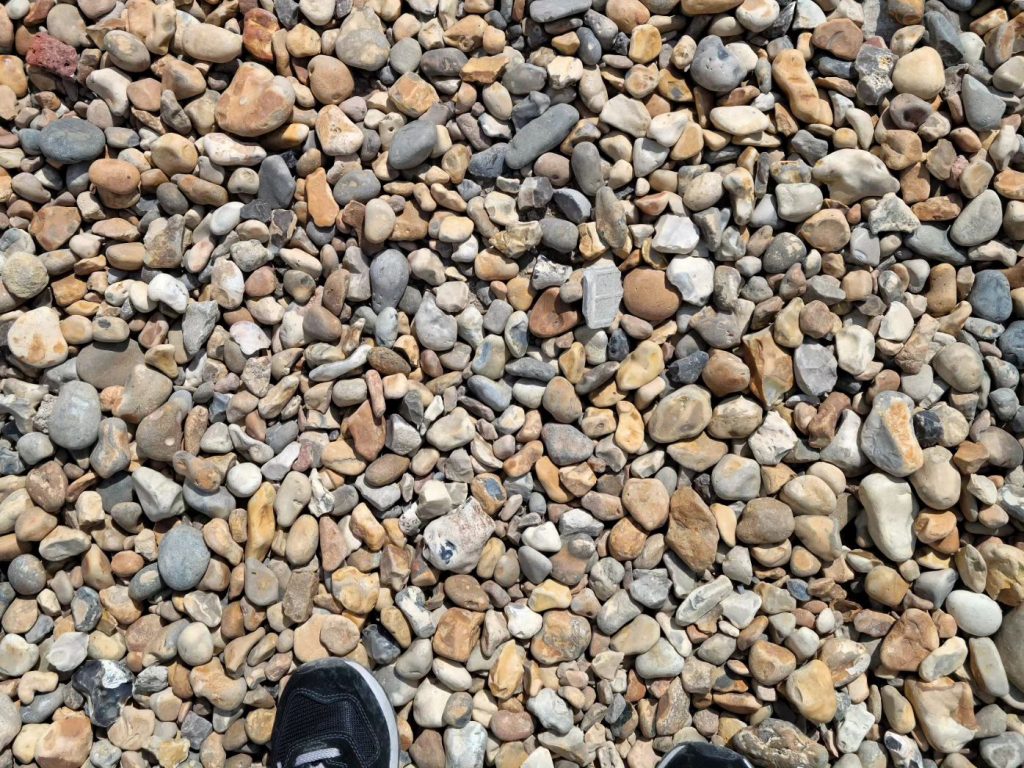
The temperatures were just touching 20C but people were out sunbathing, and a few were even in the water.
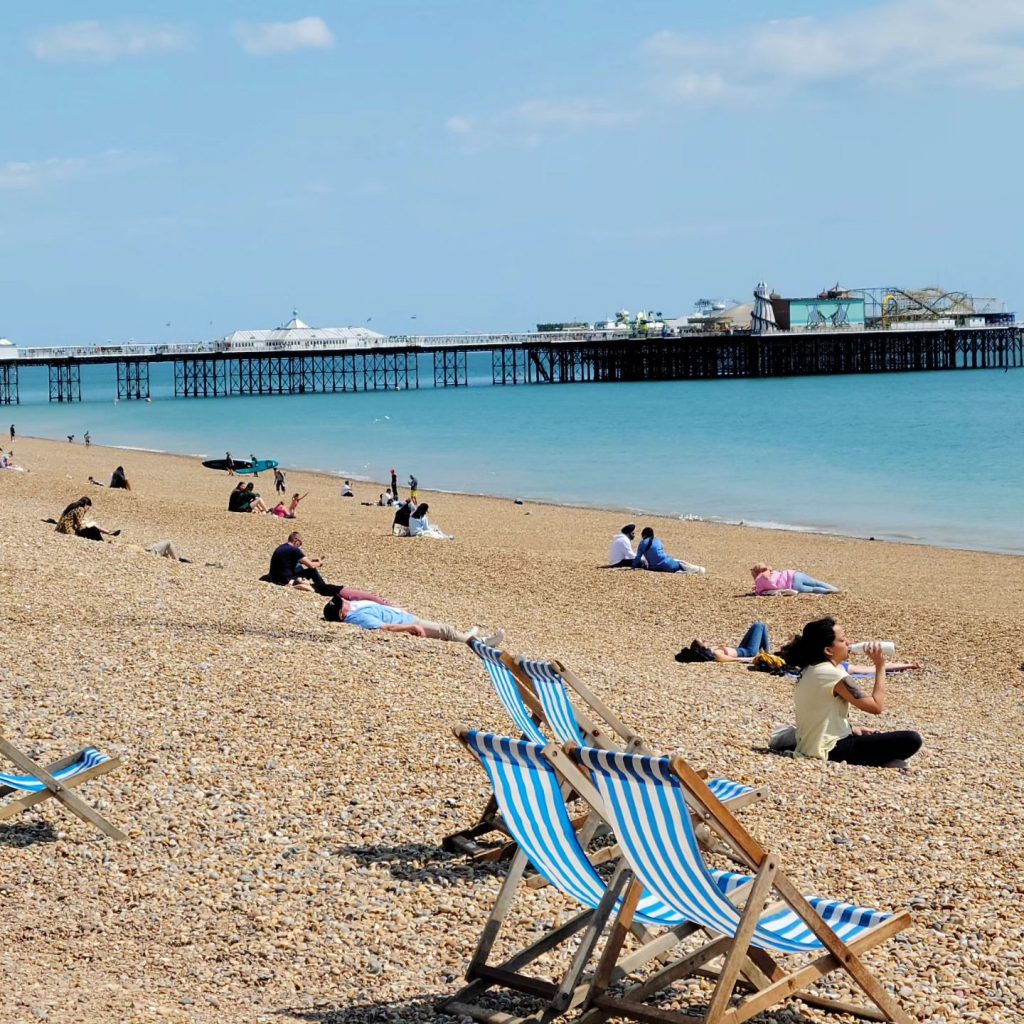
Brighton is mostly known for the Brighton Palace Pier, an enormous wooden walkway jutting out into the sea. First constructed in 1899, it’s had numerous uses since then, and today it’s crammed with arcades, food stalls, restaurants, and even an amusement park complete with a roller coaster and other rides.
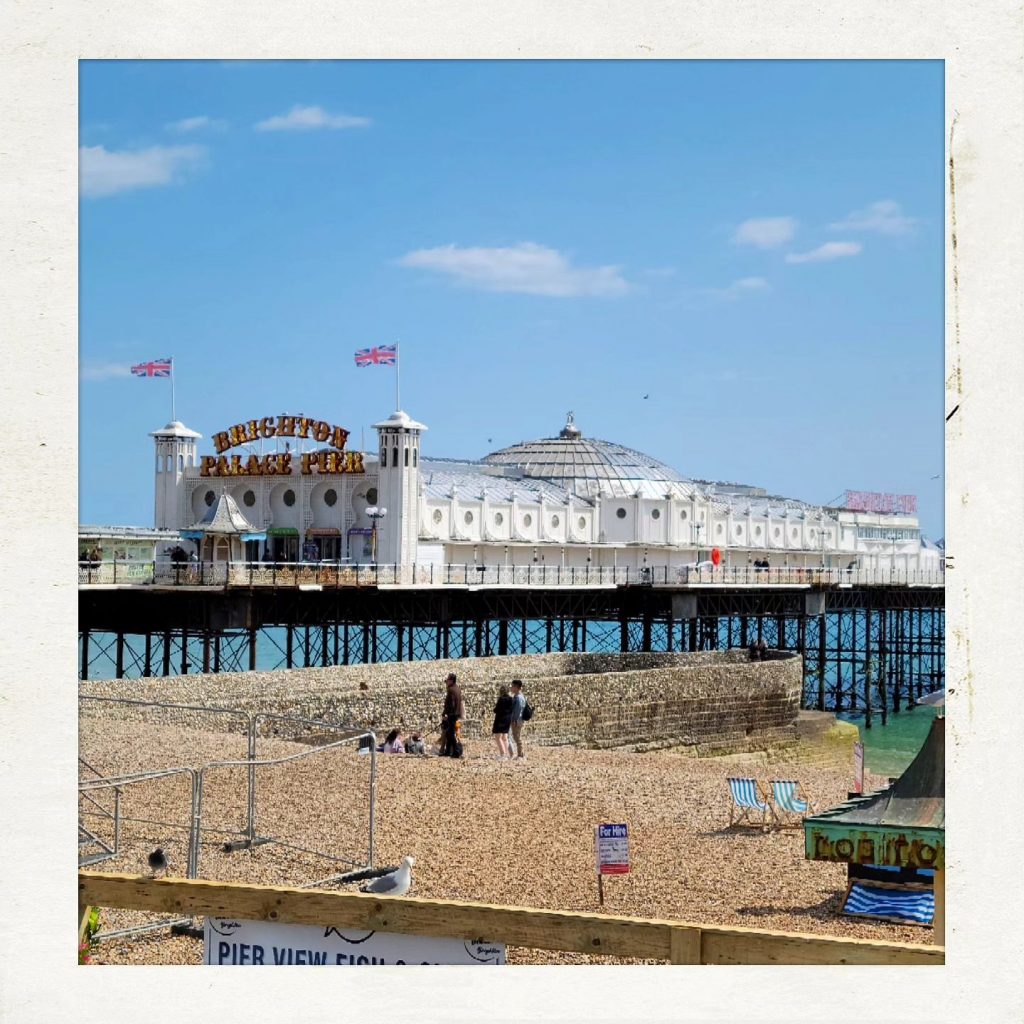
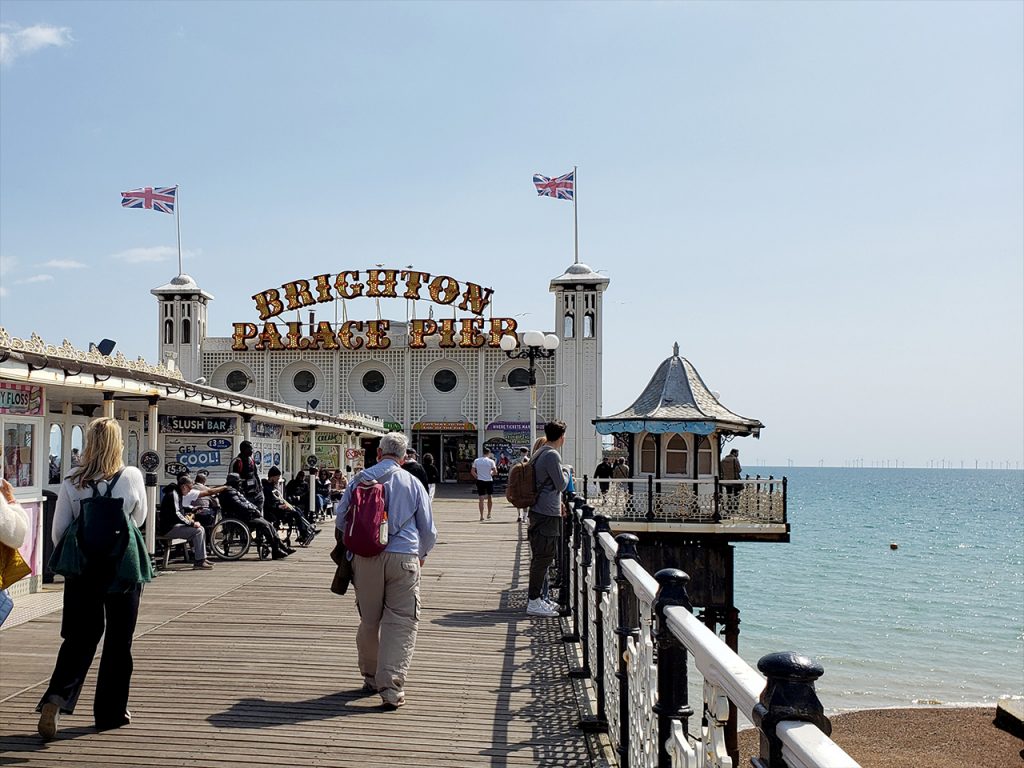
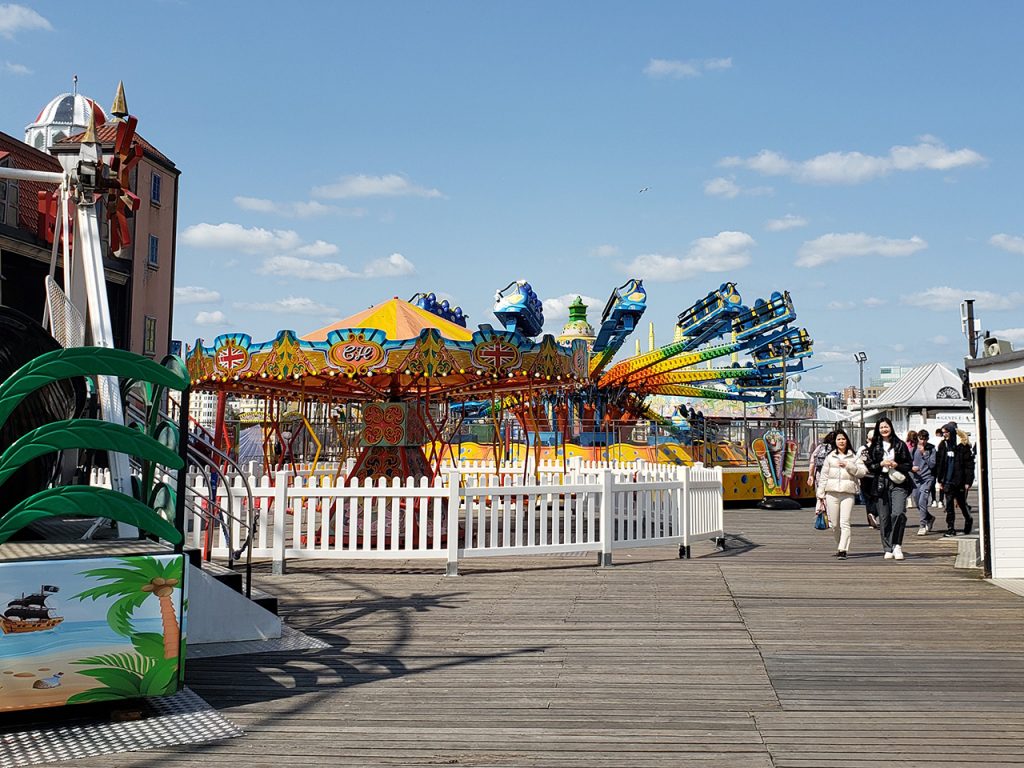
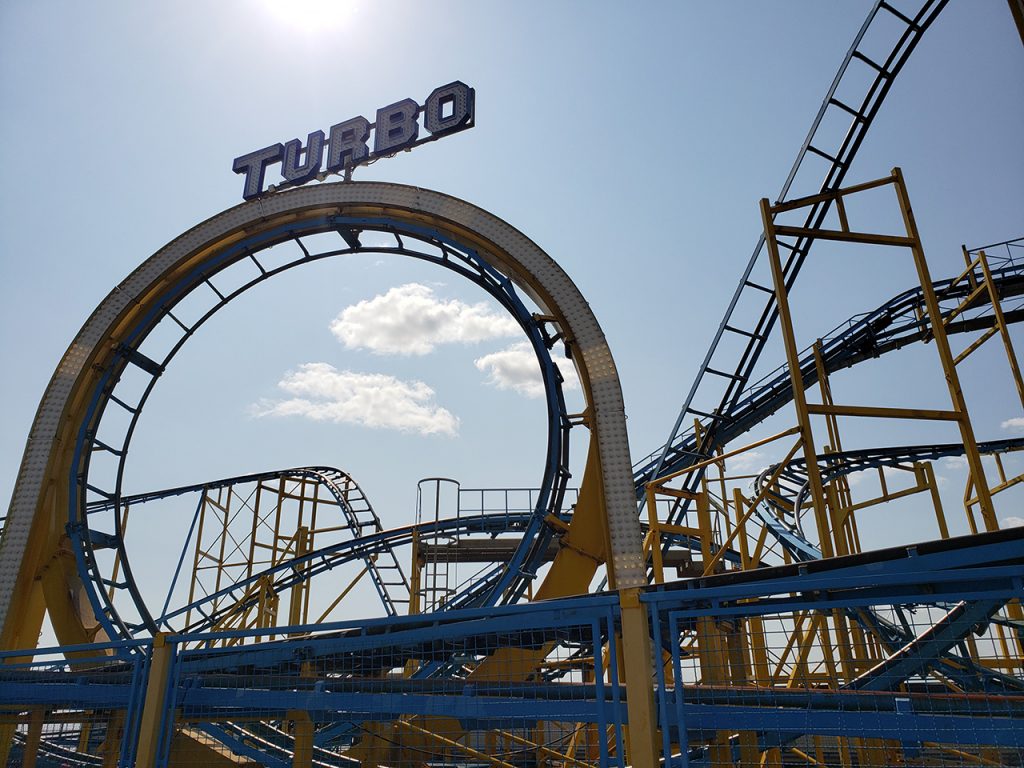
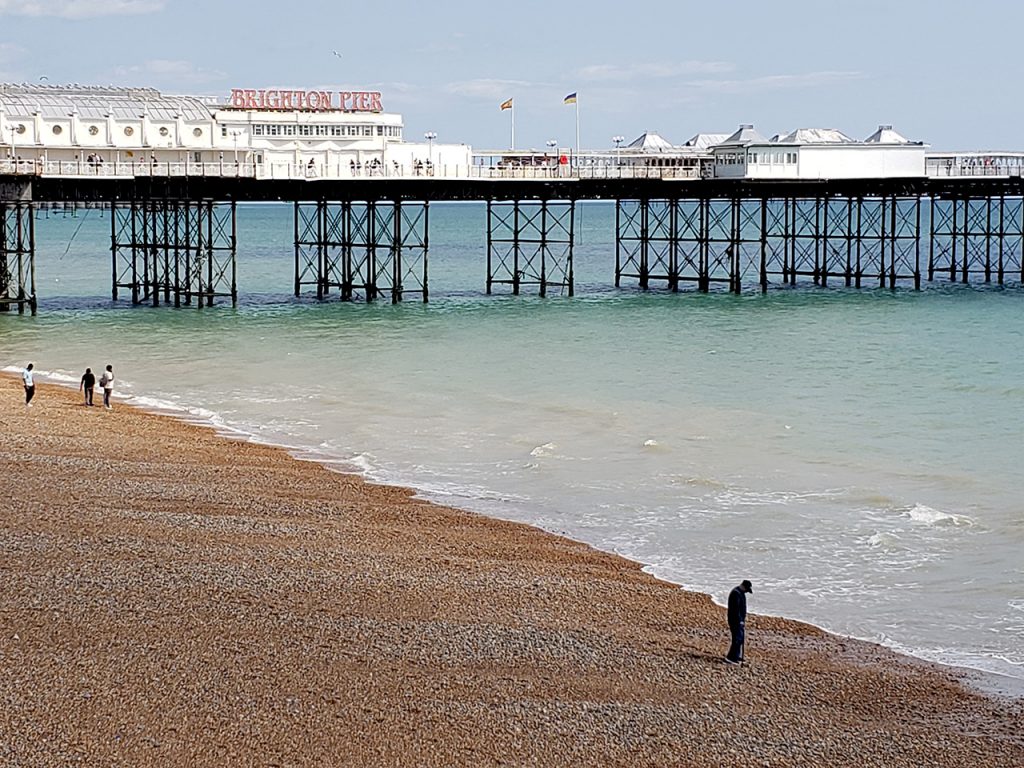
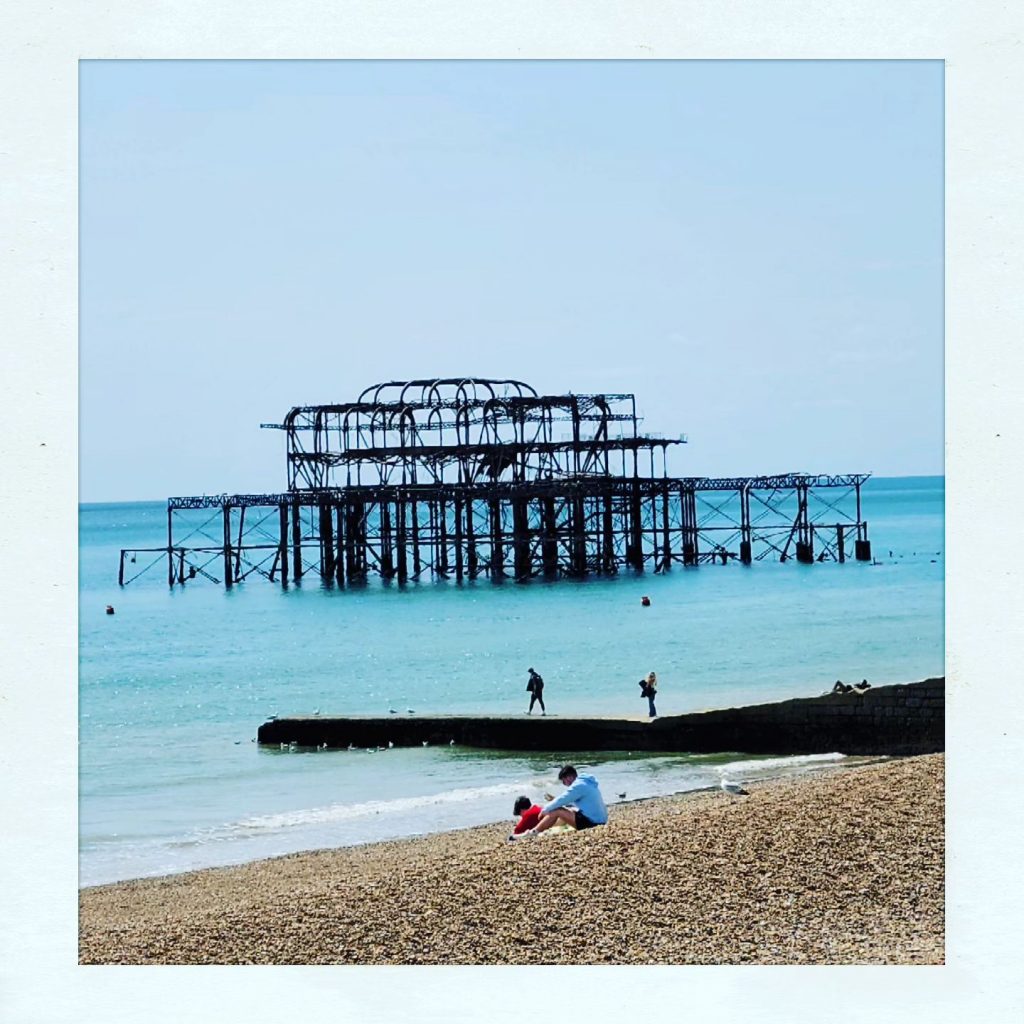
Located on a groyne alongside the beach is a 1998 artwork called “Afloat” by artist Hamish Black. It’s a cast-bronze donut, and we were not the only ones taking photos of the sculpture — and the views of the offshore wind turbines that can be composed through the donut hole.
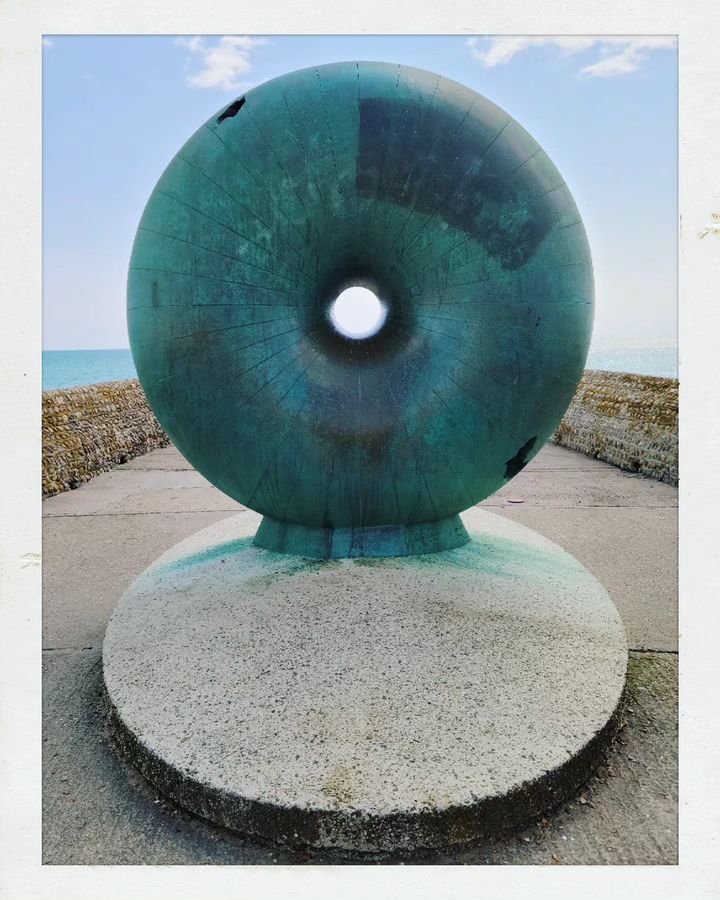
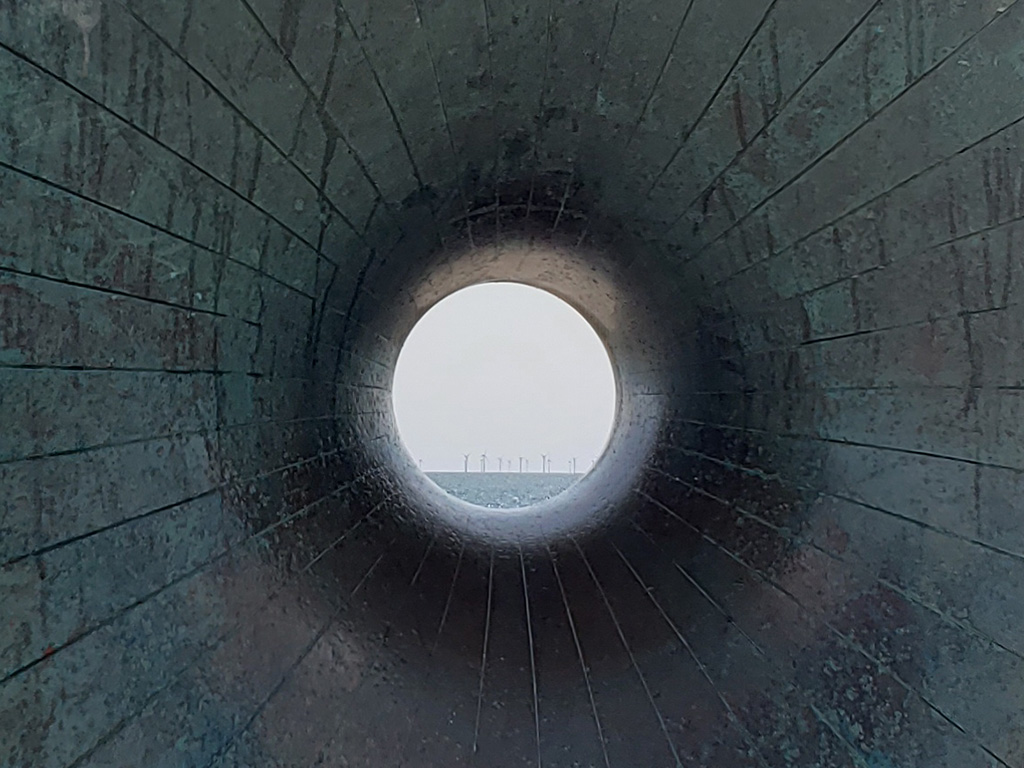
A short distance from the pier we found the Royal Pavilion, a former royal residence constructed for King George IV beginning in 1787. Brighton and other seaside resort towns in England had become very fashionable at the time, and a younger generation of royals wanted in on the fun. The pavilion has a very distinctive architectural style, heavily influenced by the British colonization of India.
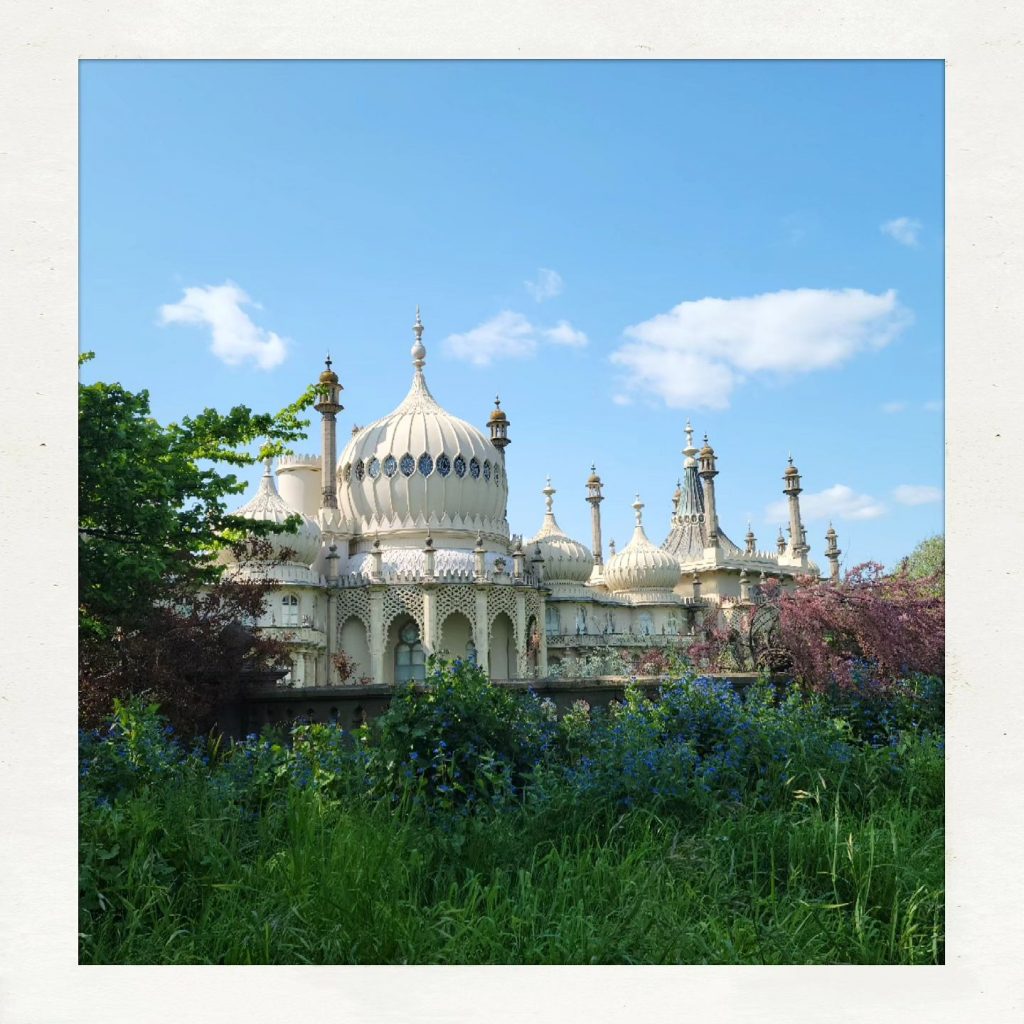
We were too ravaged by jet lag to have the patience to tour the intricate interiors, but luckily there were some nice views from the surrounding streets and gardens.
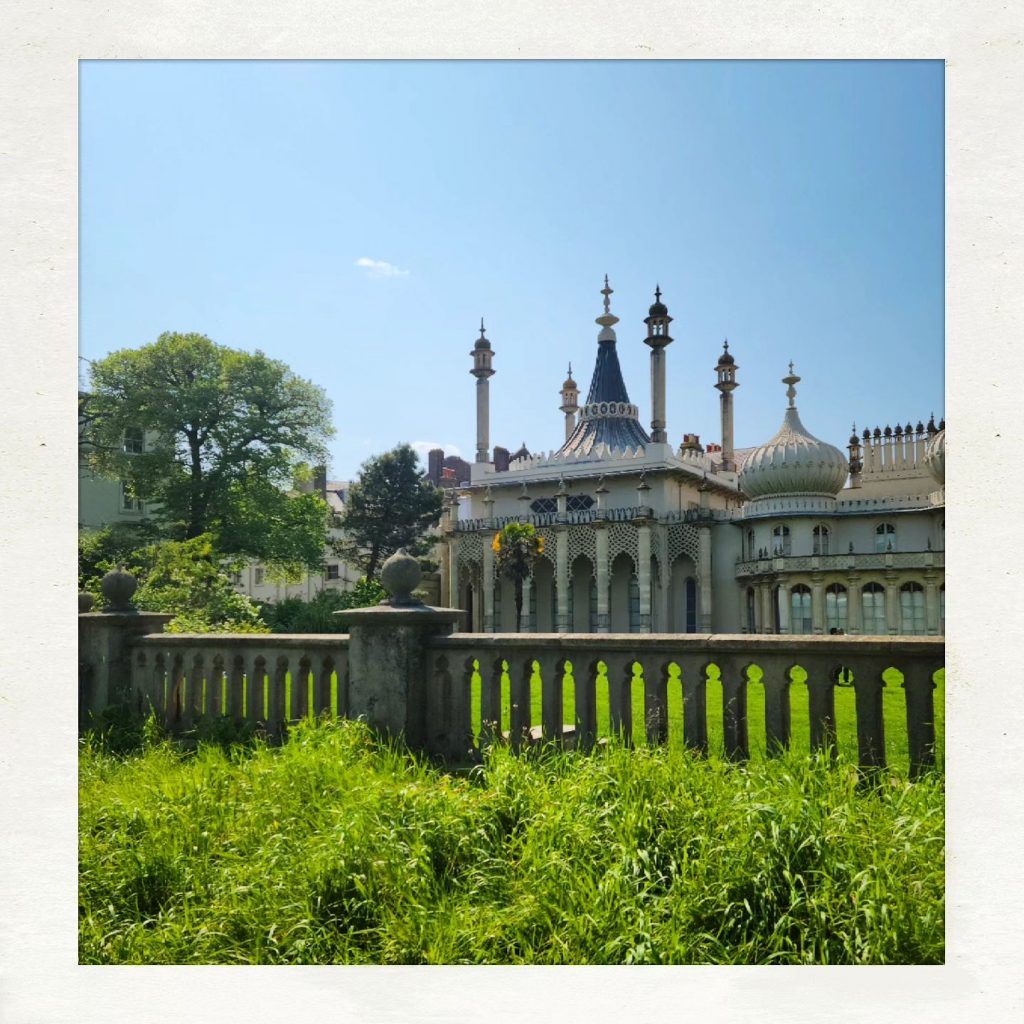
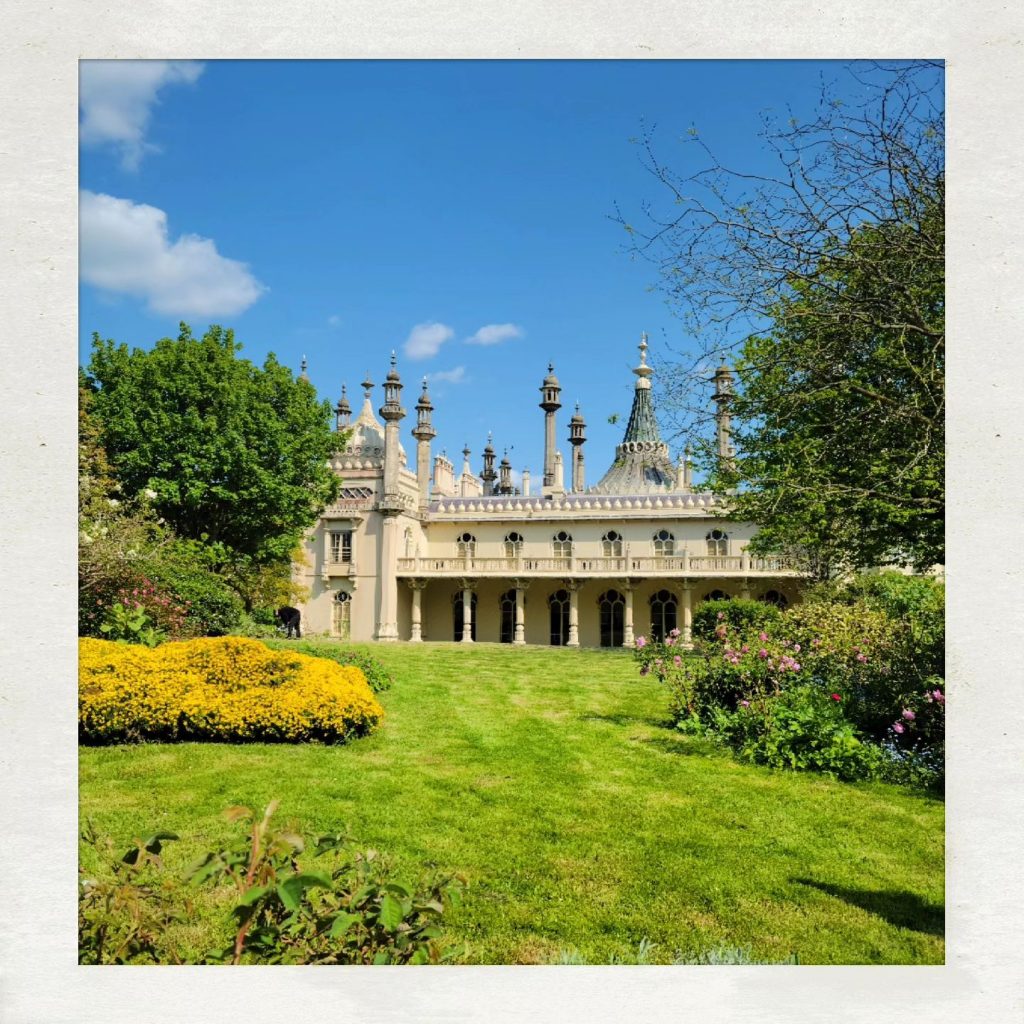
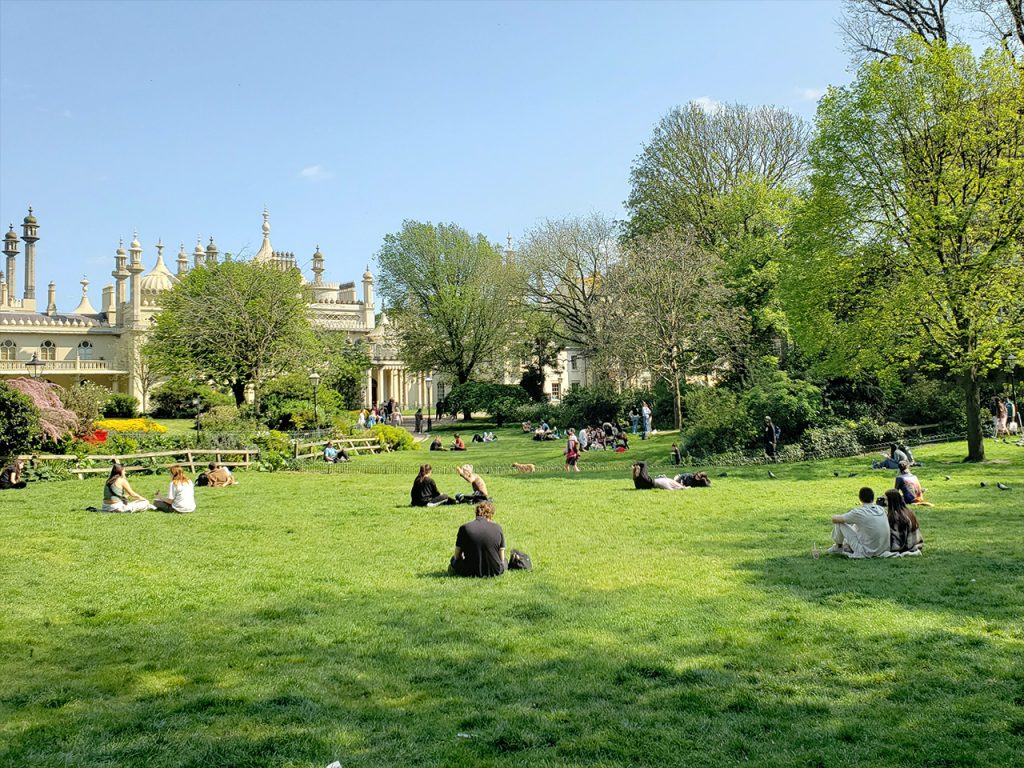
There are more fish and chip shops in Brighton than pebbles on the beach, but we found ourselves at the Shelter Hall, a somewhat hipsterized food court restaurant in a beautifully renovated space fronting the sea. Multiple chefs and vendors surround the perimeter of the hall. You order and pay for food and drink via a phone app and it is all brought out to your table.
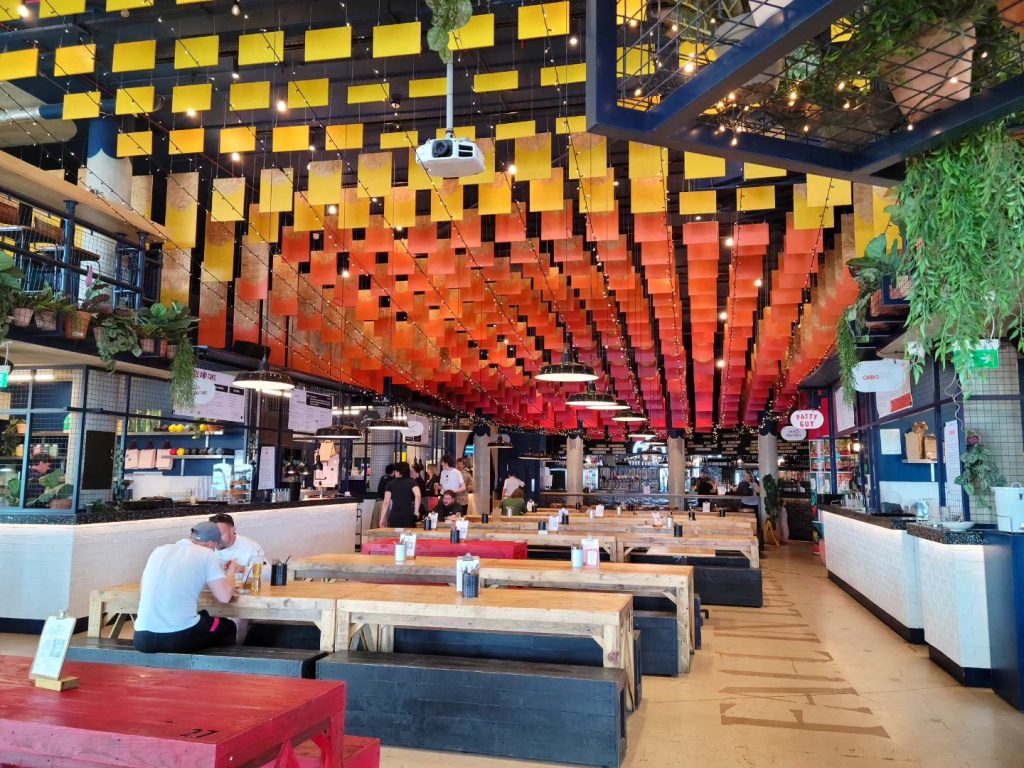
Not hungry enough for a full meal, we enjoyed a snack-sized fish and chips order from Rybka (some of the best we’ve ever had) and a fantastic fattoush salad from Cairovan, accompanied by an easy-drinking Brighton Pilsner.
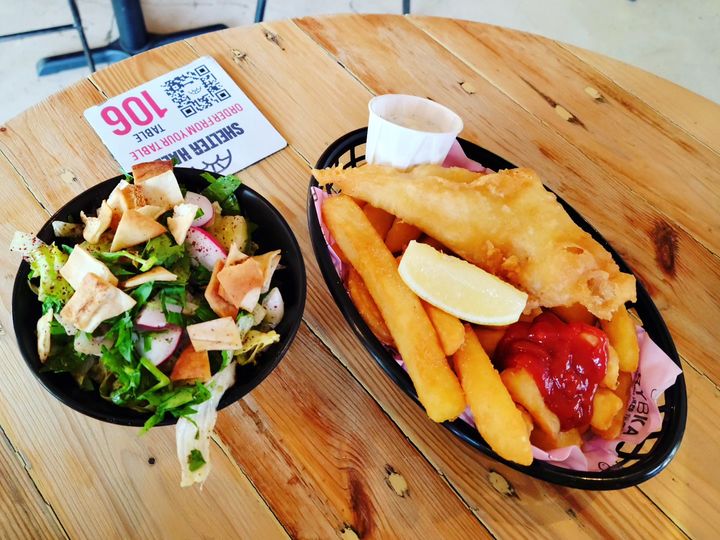
Heading back to the hotel, we saw interesting glimpses down side streets — a reminder there was more of Brighton to explore, if we’d had time.
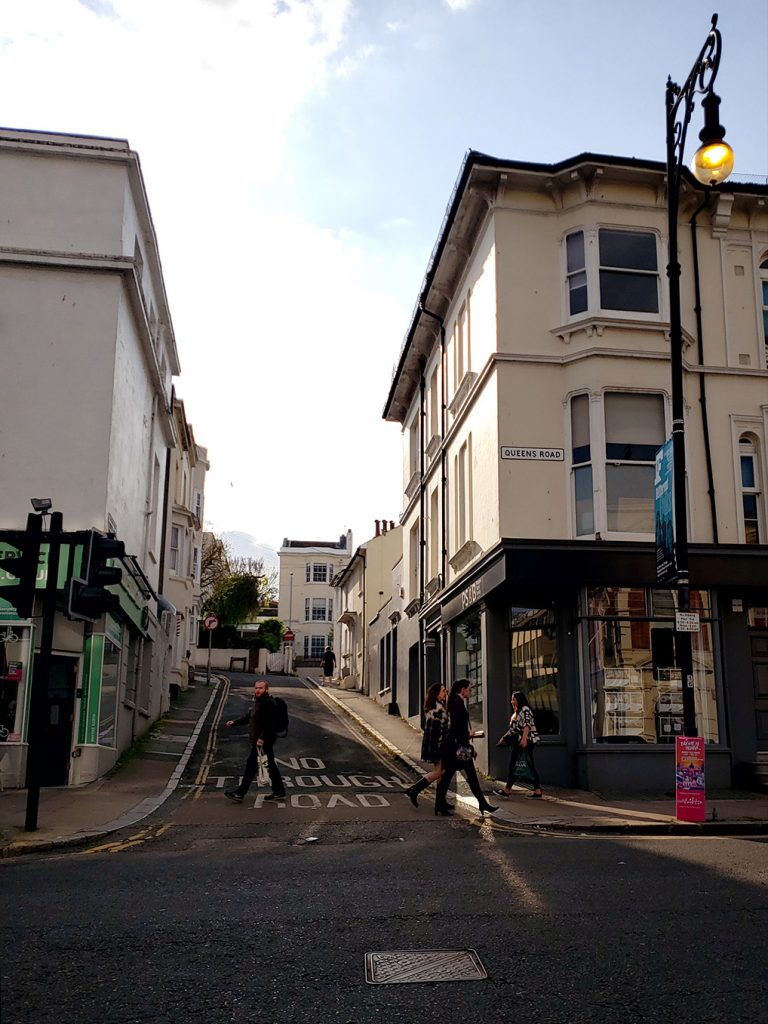
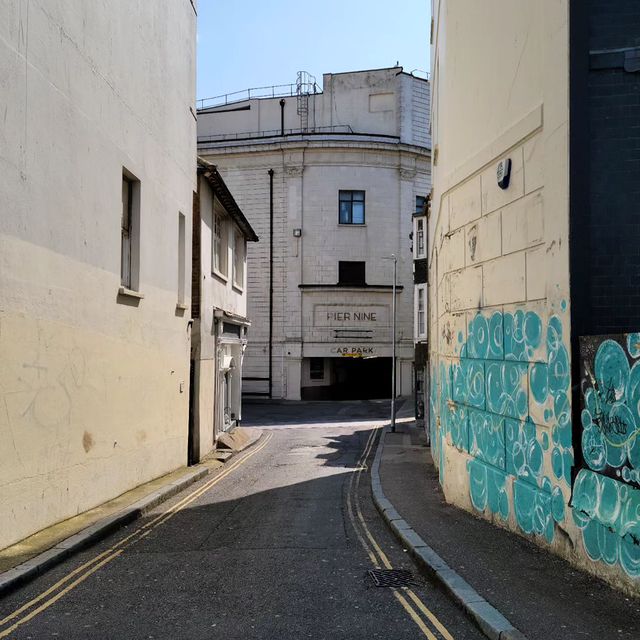
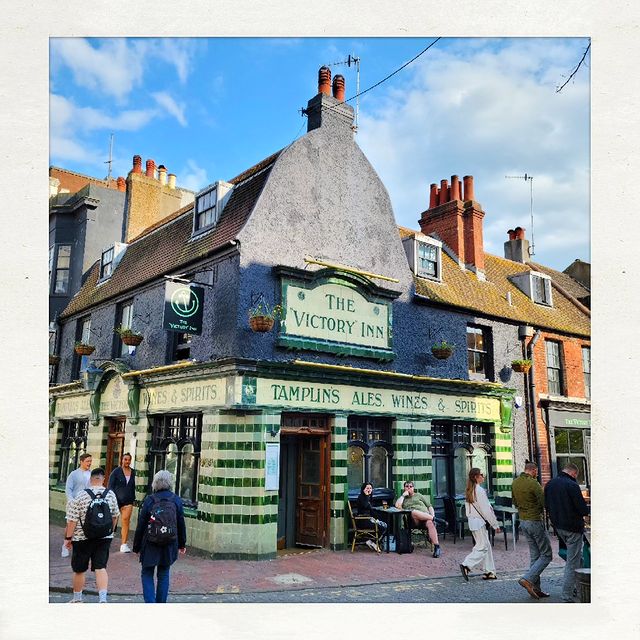
In the morning, we had time for a vegan breakfast at Cafe@62, a tiny and efficient spot across from the hotel. The faux BLT and breakfast burrito with tofu scramble were both delicious.
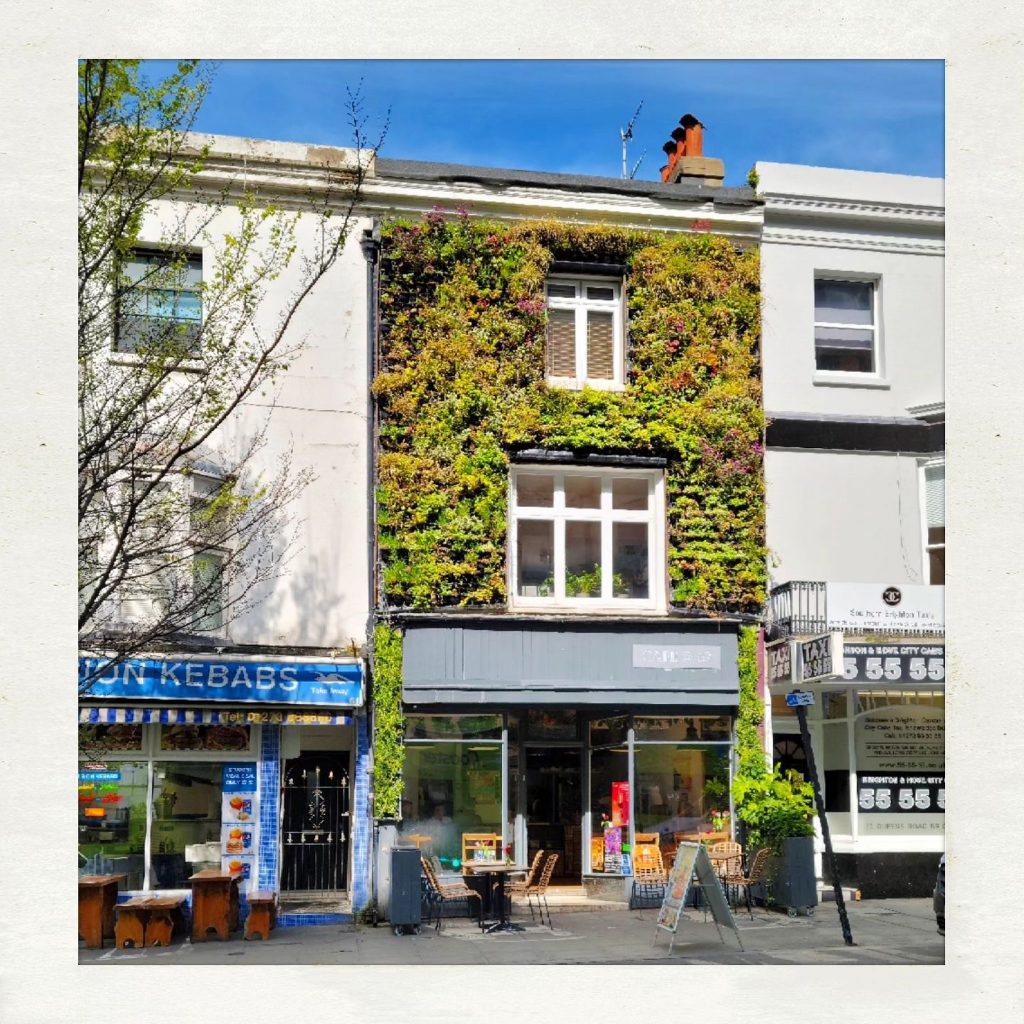
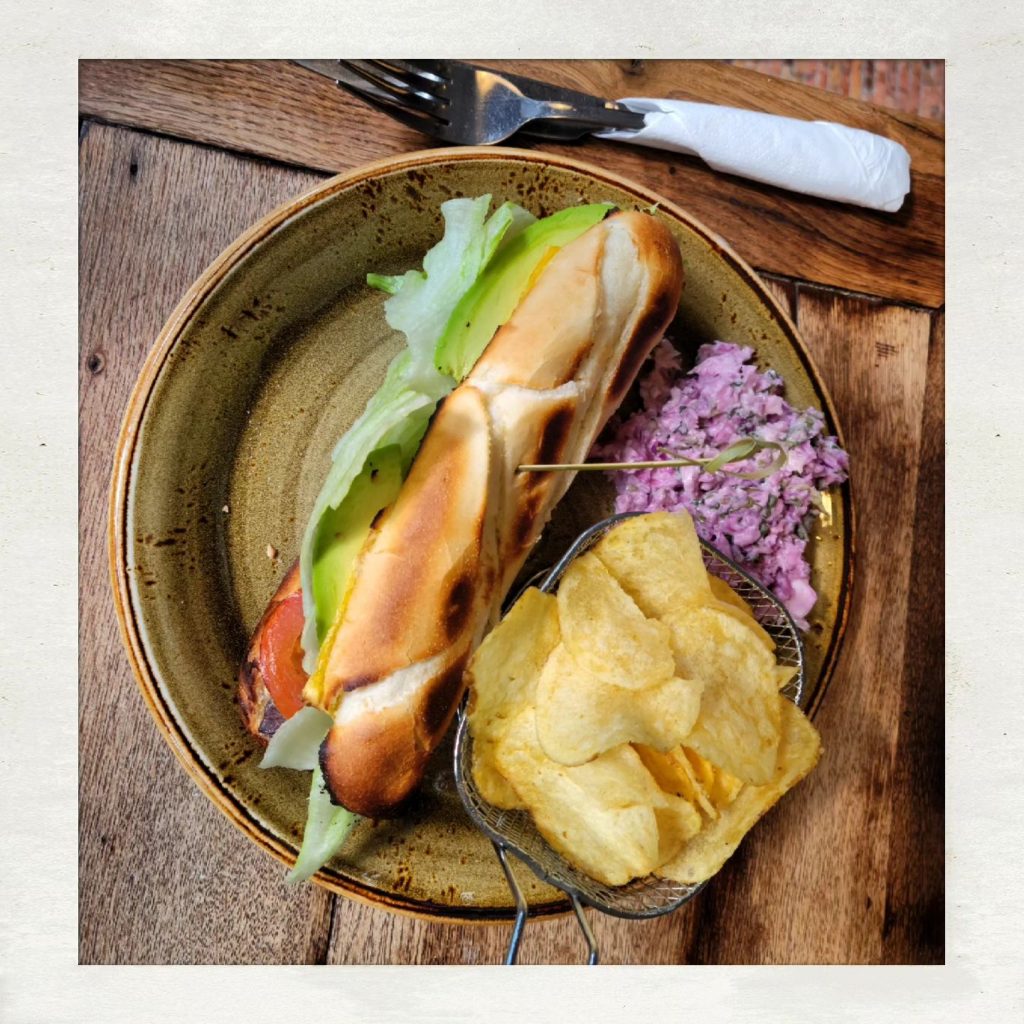
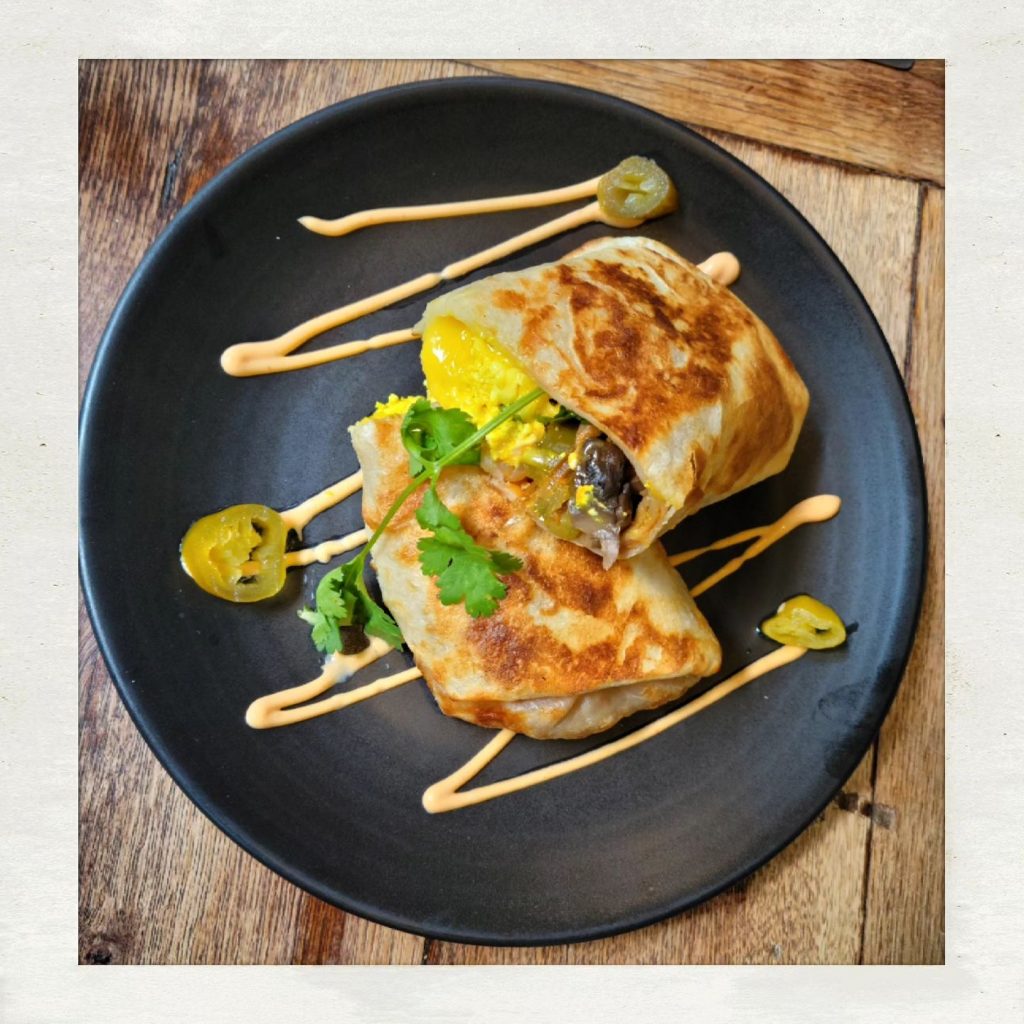
From there, it was back to the impressive train station, back to Gatwick and onward to Greece!
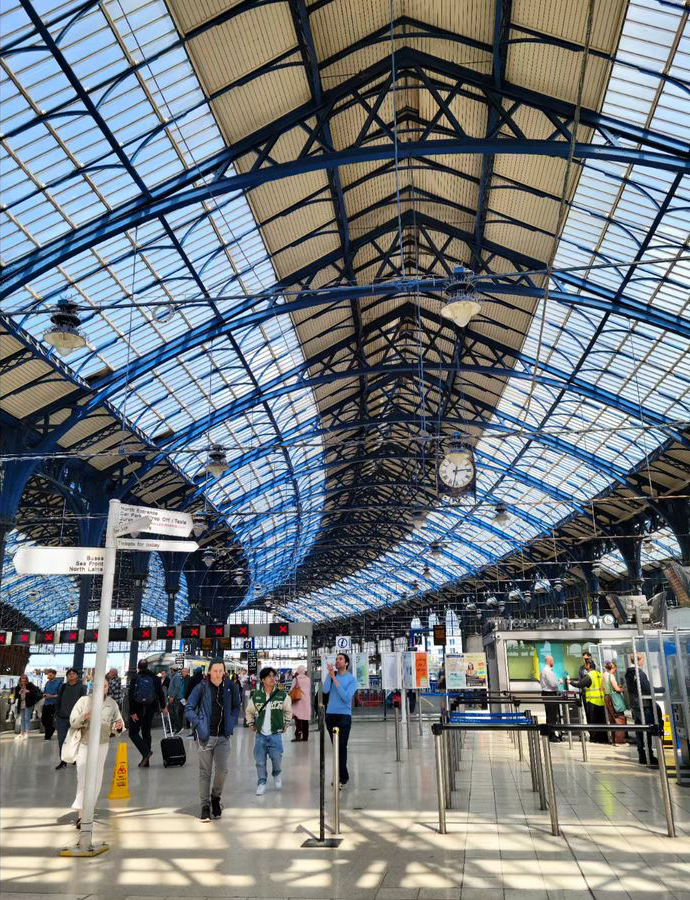
…after one last stop to buy some Walker’s Cheese & Onion Crisps, of course. This is our favourite British delicacy and two small bags were gone before we landed in Greece.
